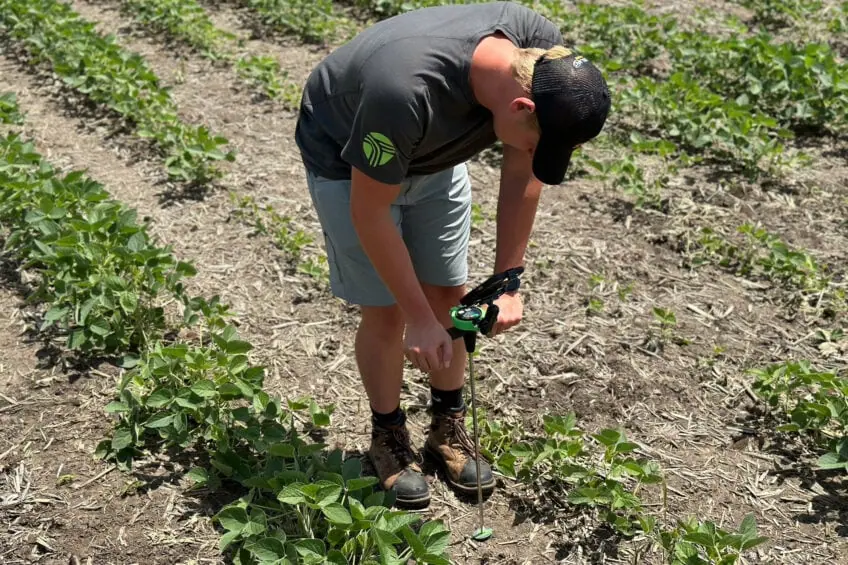Offre d'emploi : agro-météorologie et viticulture de précision
avril 6, 2016Factors Influencing the Adoption of Precision Agriculture Technologies by Nebraska Producers
avril 8, 2016Est-il possible d’utiliser des données spatialisées gratuites et disponibles telles que les cartes pédologiques pour définir des zones de gestion intra-parcellaire ?
C’est la question à laquelle des chercheurs de l’USDA ont essayé de répondre à travers une expérimentation originale consistant à croiser des zones définies à partir de cartes pédologiques numériques fournies par l’USDA et des données de rendement issues de moissonneuses batteuses équipées de capteurs de rendement.
Le résumé de l’article en anglais :
Capturing the variability in soil-landscape properties is a challenge for grain producers attempting to integrate spatial information into the decision process of precision agriculture (PA). Digital soil maps (DSMs) use traditional soil survey information and can be the basis for PA subfield delineation (e.g., management zones). However, public soil survey maps provide only general descriptions of soil-landscape features. Therefore, improved DSMs are needed that use high-resolution data that more precisely model soil-landscape characteristics. Additionally, reliable methods are needed to validate DSM products for PA. The objective of this study was to validate with corn (Zea mays L.) yield data the performance of a new DSM product, termed Environmental Response Unit (ERU), compared with the USDA Soil Survey Geographic (SSURGO) soil map. The ERU was developed by integrating SSURGO information with high-resolution elevation data. For validation, corn yield maps were collected and corrected for common data collection errors from 409 fields across Indiana, Iowa, Minnesota, and Nebraska in 2010 to 2012. Reductions in the area-weighted variance (Rv) of corn yield for ERU and SSURGO were calculated relative to the whole-field variance. The average Rv across all site-years for SSURGO and ERU was 16 and 25%, respectively, which uated to a 57% higher median yield variance reduction with ERU over SSURGO. This variance reduction technique showed the potential of ERU as an improved model better representing soil-landscape properties that impact corn yield. This research also has application potential for determining the success of a DSM for identifying management zones in PA.
L’article est disponible en ligne : https://dl.sciencesocieties.org/publications/aj/articles/0/0/agronj2015.0381
Références : Bobryk, C. W., Myers, D. B., Kitchen, N. R., Shanahan, J. F., Sudduth, K. A., Drummond, S. T., … & Gomez Raboteaux, N. N. (2016). Validating a Digital Soil Map with Corn Yield Data for Precision Agriculture Decision Support.Agronomy Journal.



